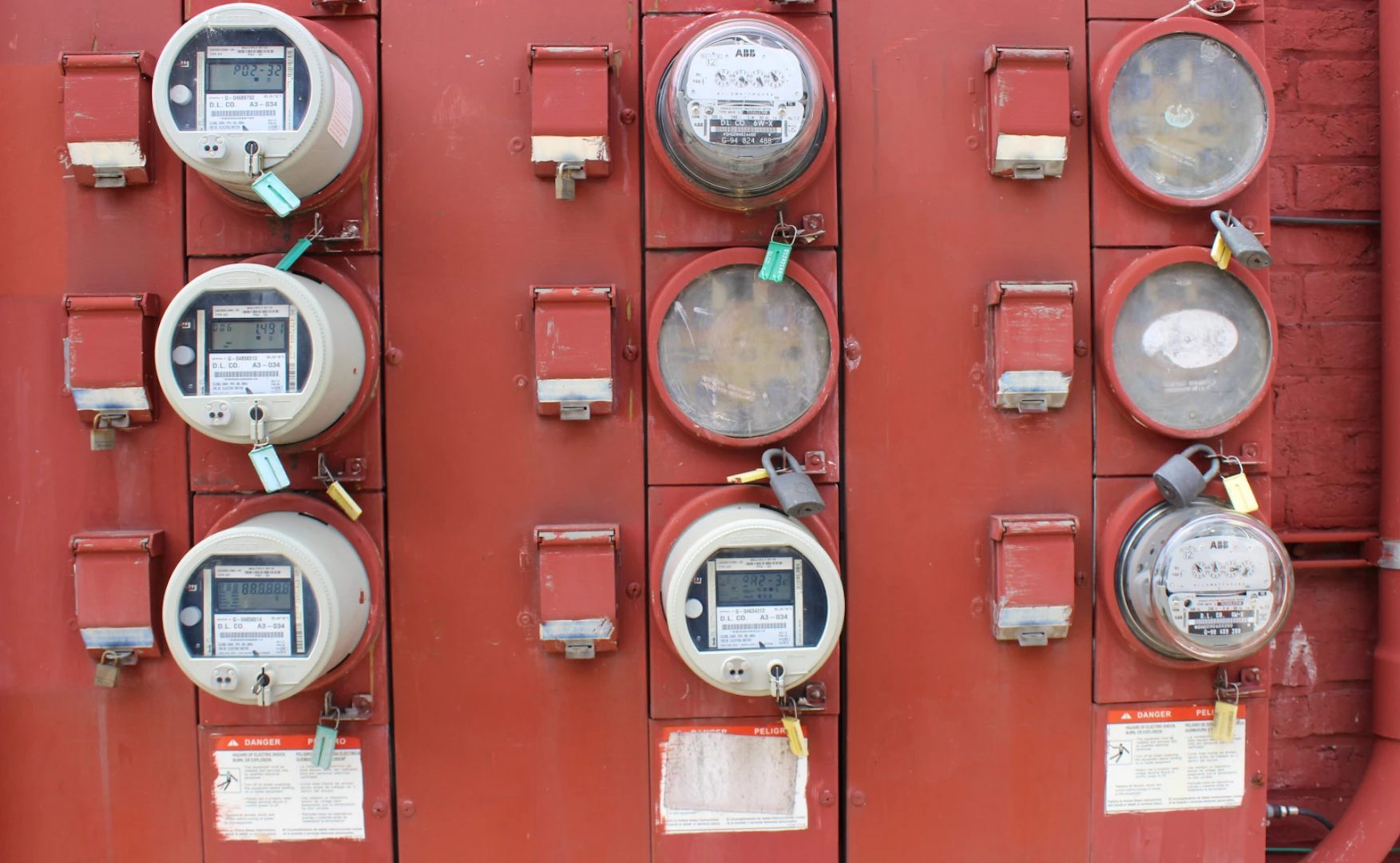
Utility terminations resumed April 1, 2021.
Allyson Ruggieri / WESA

Utility terminations resumed April 1, 2021.
Allyson Ruggieri / WESA

Allyson Ruggieri / WESA
Utility terminations resumed April 1, 2021.
Pain at the gas pump may be easing, but utility bills are set to swell for tens of thousands of customers in the Lehigh Valley this week if they don’t shop around for an electric supplier.
The Pennsylvania Public Utility Commission advised residents and businesses served by about a half dozen utilities, including Lehigh Valley provider Met-Ed, that electric generation prices for non-shopping customers are set to rise again on Sept. 1.
The new rates are for the “price to compare,” or PTC – the price per kilowatt hour, or kWh, if you don’t shop for a supplier.
The PUC doesn’t regulate prices for the generation part of electric bills, which are driven by market forces and are reset up or down multiple times a year, based on the cost of obtaining the energy that non-shopping customers use.
Half of the state’s major electric distribution companies, including Met-Ed, reset their energy prices on a quarterly basis, and the PTC accounts for an average of 40% to 60% of a customer’s total bill, according to the PUC.
Met-Ed, owned by Ohio-based FirstEnergy, on Sept. 1 will raise its residential price to compare 18.4%, from 7.94 cents per kWh to 9.4 cents.
“For the typical residential Met-Ed customer using 750 kWh of electricity per month, the monthly bill would rise from $105.72 to $116.68 for an overall bill increase of 10.36 percent,” FirstEnergy spokesman Todd Meyers said.
Met-Ed, serving 4,200 customers in Lehigh County and 68,000 customers in Northampton County, most recently increased its price to compare on June 1, Meyers said. That change amounted to a roughly 16% hike.
The utility’s price to compare continues to climb due largely to increases in the cost of natural gas and other commodities used as fuel to generate power, Meyers said. Met-Ed’s upcoming PTC increase in September also reflects reconciliation of some under-collected expenses in prior periods.
Met-Ed generates no electricity, but rather delivers electricity to customers through its transmission and distribution wires.
Customers can visit papowerswitch.com to browse electric supplier rates and possibly choose a competing supplier that can offer the lowest price or provide a specific service such as green/renewable energy.
“It’s important to stress that our customers are not captive to the price to compare,” Meyers said. “Pennsylvania is a choice state where customers can choose their electric supplier at any time. We encourage our customers to research the offers from retail suppliers in their area.”
For customers who opt not to shop, Met-Ed purchases electricity on their behalf through a regulated auction process, issuing one bill to customers for their convenience and sending the portion of the payment for the actual electricity to the company that provides the generation.
“For us it is just a pass through,” Meyers said. “We sell electric generation to our customers for the same price we bought it for through the competitive auction process.”
“It may sound strange, but we don’t care where people purchase the electricity: they remain our customer because we deliver it to their homes or businesses.”
In addition to Met-Ed, three other FirstEnergy utilities are implementing price-to-compare rate increases on Sept. 1: Penelec, serving 585,00 customers in central and northern Pennsylvania; West Penn Power, serving 734,000 customers in central and southwestern Pennsylvania; and Penn Power, serving 163,000 customers in western Pennsylvania.
Also raising its price to compare is Philadelphia-based PECO, the state’s largest electric and natural gas utility, delivering power to nearly 1.7 million electric customers and more than 545,000 natural gas customers in southeastern Pennsylvania.
PPL Electric Utilities, serving 1.4 million homes and businesses in eastern and central Pennsylvania, is not altering its price to compare on Sept. 1, after increasing its rate 38% on June 1.
PPL customers will see no changes in their price to compare until the next date for energy price resets, which is Dec. 1, the PUC said.
The PUC offers the following tips for saving money on summer energy bills:
In addition, Met-Ed advises customers to improve energy efficiency and lower cooling costs by implementing the following measures:
During cold winter months, Met-Ed offers the following tips for helping customers use electricity wisely:

Sometimes, your mornings are just too busy to catch the news beyond a headline or two. Don’t worry. The Morning Agenda has got your back. Each weekday morning, host Tim Lambert will keep you informed, amused, enlightened and up-to-date on what’s happening in central Pennsylvania and the rest of this great commonwealth.
The days of journalism’s one-way street of simply producing stories for the public have long been over. Now, it’s time to find better ways to interact with you and ensure we meet your high standards of what a credible media organization should be.